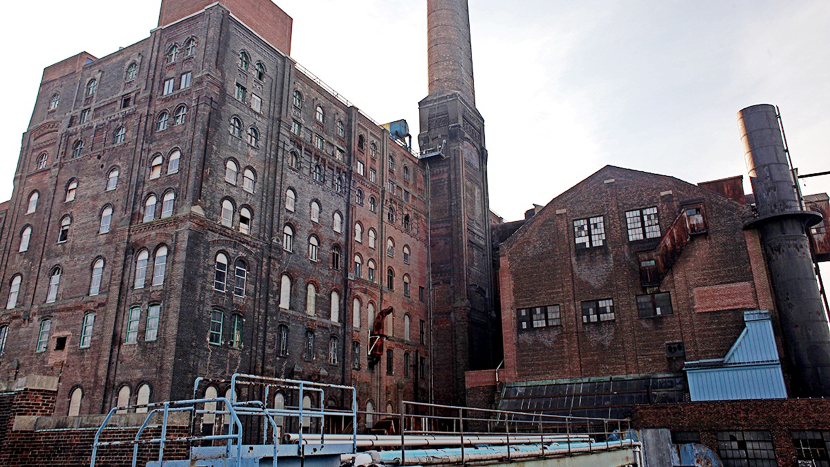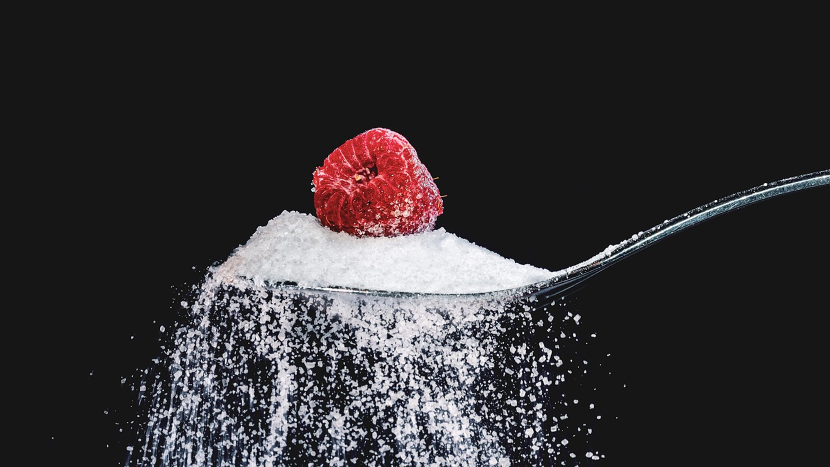“The secret of life is honesty and fair dealing. If you can fake that, you’ve got it made.” — Groucho Marx
My doctor is trying to help me identify a food sensitivity that has been causing me health problems. His list of potential culprits includes sweeteners, and he has advised against any artificial sweetener and against refined sugars like granulated white sugar, high fructose corn syrup, and evaporated cane juice.
Instead, he suggests sugar substitutes like brown rice syrup, agave nectar, blackstrap molasses, stevia, and monk fruit sweetener.
I found myself wondering if these recommendations made sense. Or was my doctor simply giving into another form of the chemical phobia that plagues society.
Are Sweeteners Hazardous?
The ongoing dispute about which sweeteners are healthier is largely an argument about fake news. Artificial sweeteners—aspartame, saccharin, acesulfame-K, and sucralose—have been linked to cancer, but the MD Anderson Cancer Center insists that “there’s no convincing evidence that either using or avoiding sugar and non-sugar sweeteners can adversely impact either cancer development or its responsiveness to treatment.” I’m inclined to take FDA assessments at face value, but my personal concern is not cancer, but food sensitivity. So, I was willing to discontinue all artificial sweeteners to see if they were a problem for me.
On the other hand, many advocates rail against processed, refined sugar—white sugar—while even more bemoan the evils of high fructose corn syrup (HFCS). Both white sugar and HFCS are plant-based, but they are refined. Does that make them bad? To a chemical engineer like me, “refining” simply means that they are very, very pure.
But pure what?
What is in “Sugar”?
There are three simple sugars—monosaccharides—that we find in our diet: glucose (aka dextrose), fructose, and galactose. They are isomers, all having the chemical formula, C6H12O6. There are also disaccharides in our diet, the result of a condensation reaction between two sugar units where they give up a water molecule. There are three naturally occurring disaccharides in our diet:
Glucose + glucose –> maltose (malt sugar) + H2O
Glucose + fructose –> sucrose (table sugar) + H2O
Glucose + galactose –> lactose (milk sugar) + H2O
There is also one trisaccharide:
Glucose + glucose + glucose –> maltotriose + 2 H2O
Once we get past trisaccharides, we’re talking about oligosaccharides or polysaccharides. Two polysaccharides with which you may be familiar are starch (a highly branched, semicrystalline polysaccharide of glucose that we can digest) and cellulose (a straight chained, highly crystalline polysaccharide of glucose that we cannot digest).
When a disaccharide, a trisaccharide, or a digestible polysaccharide is exposed to water in a very acidic environment (for instance, in our stomach) hydrolysis converts them back to the monosaccharides that comprise them: glucose, fructose, and galactose. So, it matters less whether a sugar is a monosaccharide, a disaccharide, a trisaccharide, or a polysaccharide, than the monosaccharides of which they are composed.
How Our Bodies See Sugars
Table sugar is 100% pure sucrose. Our bodies see it as 50% glucose and 50% fructose.
Corn starch is polyglucose. Our bodies break it down and see it as 100% glucose. Light corn syrup is simply hydrolyzed corn starch. The light corn syrup we get at the grocery store is typically 57% water and 43% saccharides. There are different grades, but on a dry basis, the saccharides are 20% glucose, 13% maltose (diglucose), 12% maltotriose (triglucose), and 55% higher glucose saccharides (four or more glucose units). Our bodies, though, simply see it as 100% glucose.
High fructose corn syrup is different from light corn syrup. While our bodies see light corn syrup as 100% glucose, HFCS is chemically converted to a mixture of glucose and fructose. On a dry basis, HFCS-42 is 42% fructose and 58% glucose. Like table sugar, it’s a mix of the two simple sugars, although it has less fructose than table sugar. The other grade is HFCS-55, which is 55% fructose and 45% glucose. Not much more fructose than in table sugar. Somehow, the marketing slogan for sucrose producers, “Made With Real Sugar,” rings a little hollow.
What About Other Sugar-Based Sweeteners?
One sweetener we are often encouraged to switch to, because it’s “natural,” is honey. Honey is about 82% solids. The solids are almost entirely sugars. The sugar composition of honey is 50% fructose, 44% glucose, 4% galactose, 2% maltose, and 1% sucrose. (Yes, there is rounding error in that calculation). On a monosaccharide basis, as our bodies see honey, it’s 50% fructose, 46% glucose, and 4% galactose. Except for the galactose, it’s not much different from HFCS or table sugar.
Another non-traditional sweetener is agave nectar. It is about 77% solids. On a dry basis, the solids are around 80% fructose and 20% glucose.
Brown rice syrup is 80% solids. Those solids consist of 52% maltotriose (triglucose), 45% maltose (diglucose), and 3% glucose. The compositions of light corn syrup and brown rice syrup are different but our bodies cannot distinguish between them—they both act like 100% glucose.
If glucose is a problem (and it certainly is for diabetics) and fructose is a problem, then every sugar-based sweetener out there is a problem.
Clash of the Titans
How did we get to this point? It doesn’t help at all that two major trade groups set out to manipulate science in order to sell us more of their competing products. On one side, there is the Sugar Association, founded in 1943. Even before then, the 19th-century sugar refining industry found itself competing against raw sugar producers. The refined sugar industry, led by Domino Sugar, used “scientific evidence” to convince us that brown sugar was contaminated and bad for us. Then in the 1960’s, the Sugar Association set out to show that obesity was not caused by sugar, but fat. Why? Because a low-fat diet prompted a 30% increase in sugar consumption.

The 1880s Domino Sugar Refinery in New York
Photo by Idamantium – Own work, CC BY-SA 3, on Wikipedia
But the biggest threat to the refined sugar industry was, and remains, HFCS. Beginning in the late 20th century, the Sugar Association began what the Corn Refiners Association called a “spin and smear conspiracy” intended to convince us all that HFCS was inherently evil. The two associations went to court and eventually settled. Still, the reputation of HFCS is tainted and criticisms typically go unchallenged, even by those of us who should actually understand chemistry and risk assessments and so know better.
Sweeteners Not Based on Sugar
My doctor recommended a couple of sweeteners that are neither synthetic nor sugar-based. Stevia comes from the South American stevia plant. The sweetening agent, stevioglycoside, is not a sugar and it passes through the body undigested. Monk fruit sweetener comes from the monk fruit, aka luo han guo, a small vine ripened fruit from the gourd family that grows in southern China. The sweetness comes from mogroside V, which is also not a sugar and which also passes through the body undigested.
If I do have a sugar sensitivity, neither stevia nor monk fruit should trigger it. Both, however, need more study before we know much about their long-term effects.
Are Sweeteners Hazardous?
From the perspective of chemical process hazards, I can say with absolute certainty that all sweeteners are hazardous. There is no controversy there, contrived or otherwise. The chemical process hazards of sweeteners is not fake news.
The syrups—corn syrup, HFCS, agave nectar, honey, brown rice syrup—are all engulfment hazards. For proof, we need only be reminded of the Great Boston Molasses Flood of 1919. Twenty-one people died in that disaster, when a molasses tank burst and sent a wave of molasses through the streets of Boston. I lived in Massachusetts in the 1980’s and even that much later I could smell the molasses when visiting the city on a hot summer day.
As for the solids, artificial and natural, they all produce combustible dusts, which are a recognized fatal hazard and need to be treated accordingly. In case you have forgotten, fourteen people died and thirty-six people were seriously injured in Port Wentworth, Georgia on February 7, 2008, when a series of sugar dust explosions ripped through the Imperial Sugar refinery.

A view of the damage caused to the Imperial Sugar refinery at Port Wentworth in Georgia, United States.
Photo by U.S. Chemical Safety and Hazard Investigation Board – ftp://ftp.csb.gov/imperialsugar, Public Domain, https://commons.wikimedia.org/w/index.php?curid=4254421
Trust the Data
Many people who read this blog are process safety professionals who work in the chemical industry. If we’ve learned just one thing, it’s that before we can evaluate hazards and their risks, we need data. So that’s where we should start. Then we need to let that data guide our reasoning and let our reasoning lead us to conclusions and recommendations that make sense. Risk management should be a rational exercise. Don’t let yourself be whipsawed by fake news. By the same token, don’t allow real data—the evidence of your own experience and the evidence of history—to be dismissed as fake news, even when it flies in the face of your fondest beliefs.
